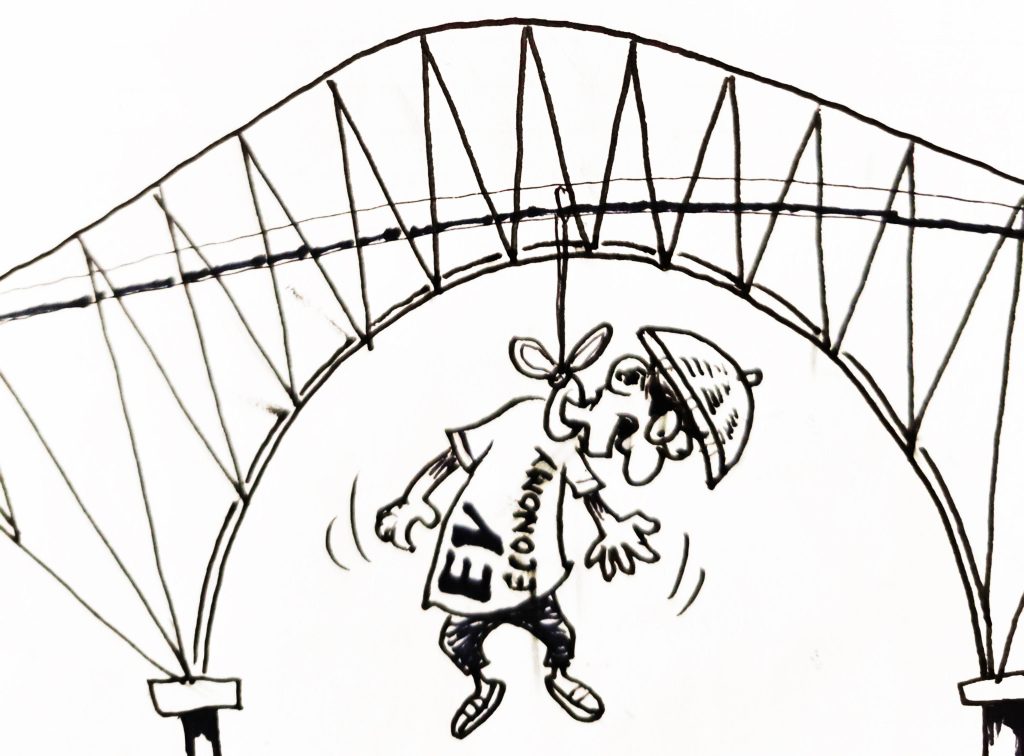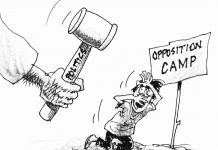The closure of the San Juanico Bridge, whether partial or total, has left a trail of consequences that the public did not anticipate. What is unfolding now in the markets is no longer just an inconvenience—it is a hard blow to the pockets of both merchants and consumers that must not be romanticized or tolerated.
The San Juanico Bridge is not merely an iconic structure linking Leyte and Samar; it is a major economic artery. Shutting it down or limiting its utility due to repairs or structural concerns, though justified by safety, has disrupted the flow of goods in a region that relies heavily on land transport for its commercial lifeblood. Rerouting delivery trucks through longer, more expensive paths has triggered a surge in operational costs. That increase is now quietly passed on to consumers who are already stretched thin by inflation and recovering livelihoods. Every added kilometer in transport translates to added pesos at the market stalls.
Merchants in both provinces, especially small-scale vendors and local producers, are bearing the brunt of this logistical strain. Their margins, already razor-thin, are further shaved by fuel hikes, extended delivery times, and perishable goods arriving half-spoiled due to delays. The supply chain is not built for detours. It is built for efficiency, predictability, and cost-effectiveness—none of which is possible when a bridge that hosts the bulk of regional commerce is cut off from daily operations. Businesses that survive on weekly deliveries now have to deal with scarcity, stockouts, or worse, cancellations from wholesalers who find the route no longer profitable.
The buying public, on the other hand, faces a cruel equation: higher prices for fewer goods. From rice and vegetables to fish and meat, necessities have grown more expensive overnight. The problem is not only about affordability; it is about access. When rural markets cannot be replenished regularly, and when store shelves stay half-full, the poorest suffer most. Consumers are forced to compromise—either pay more, buy less, or go without. In the long run, this breeds instability, hunger, and resentment among the people who are at the losing end of government planning and public infrastructure management.
Urgent and well-coordinated action is required. Authorities must provide transparent updates, ensure viable alternate routes are secured and maintained, subsidize transport for essential goods if necessary, and consult with affected sectors regularly. The longer this burden remains unaddressed, the more it threatens the economic survival of the region and the social stability that hinges on food security and fair trade.




